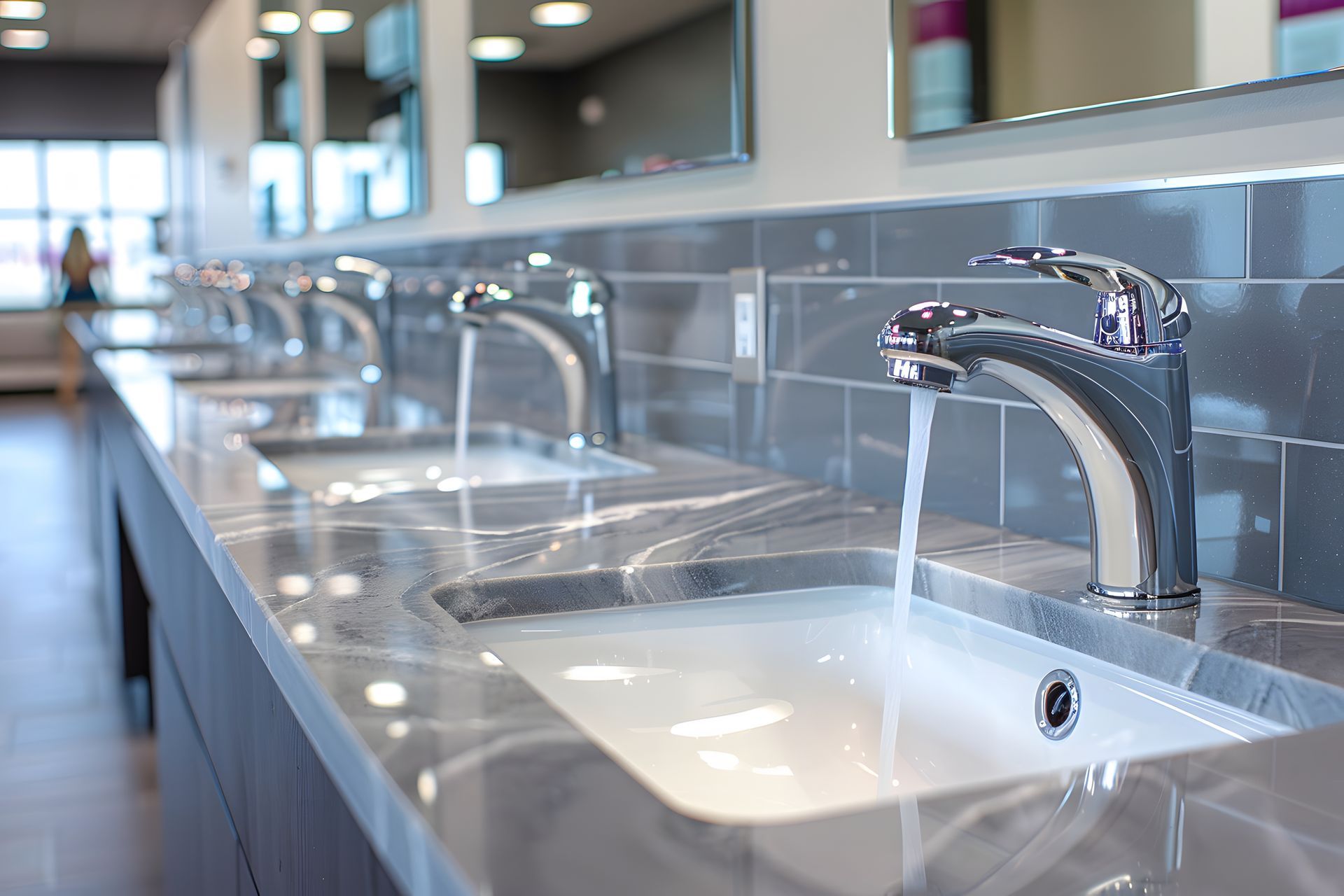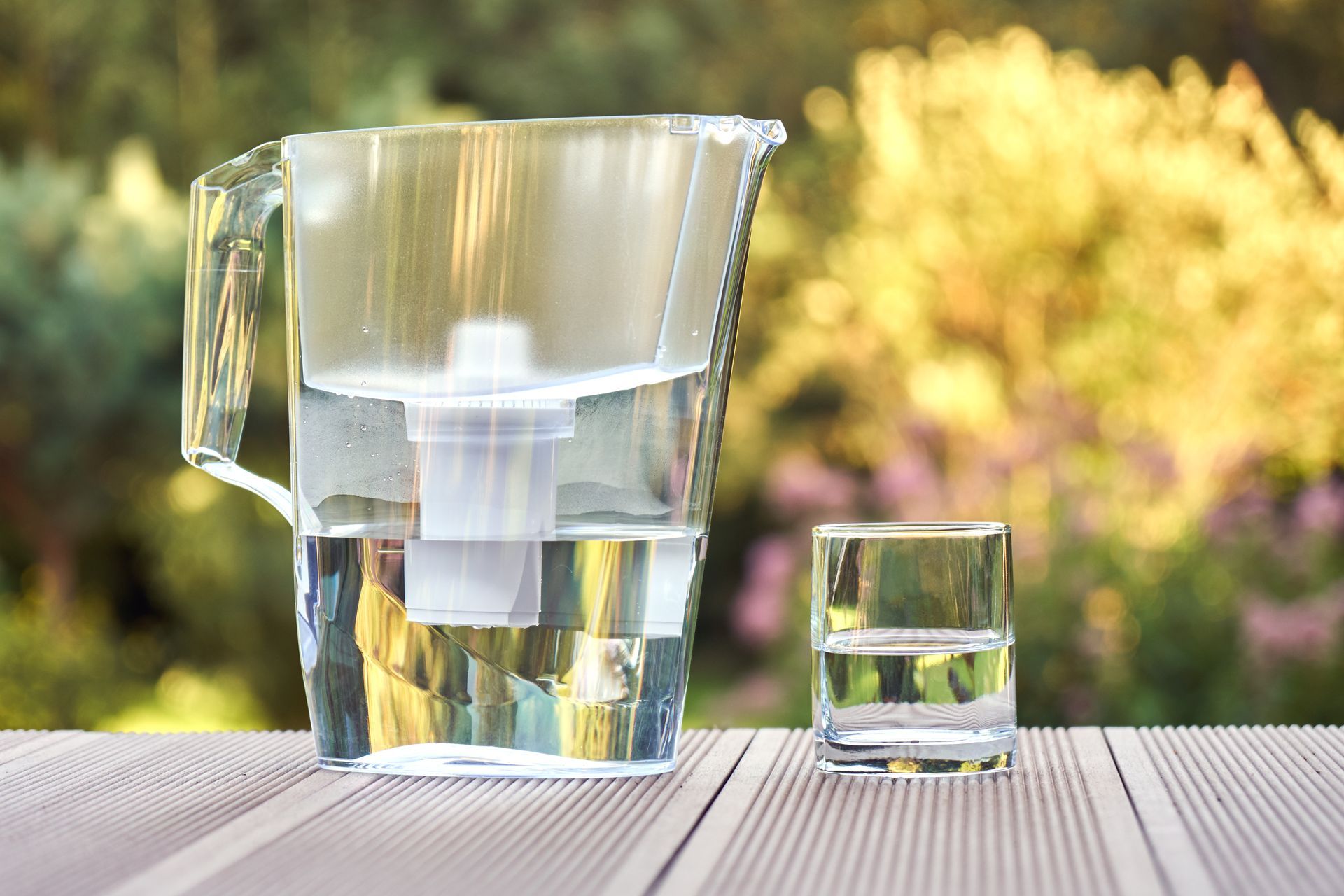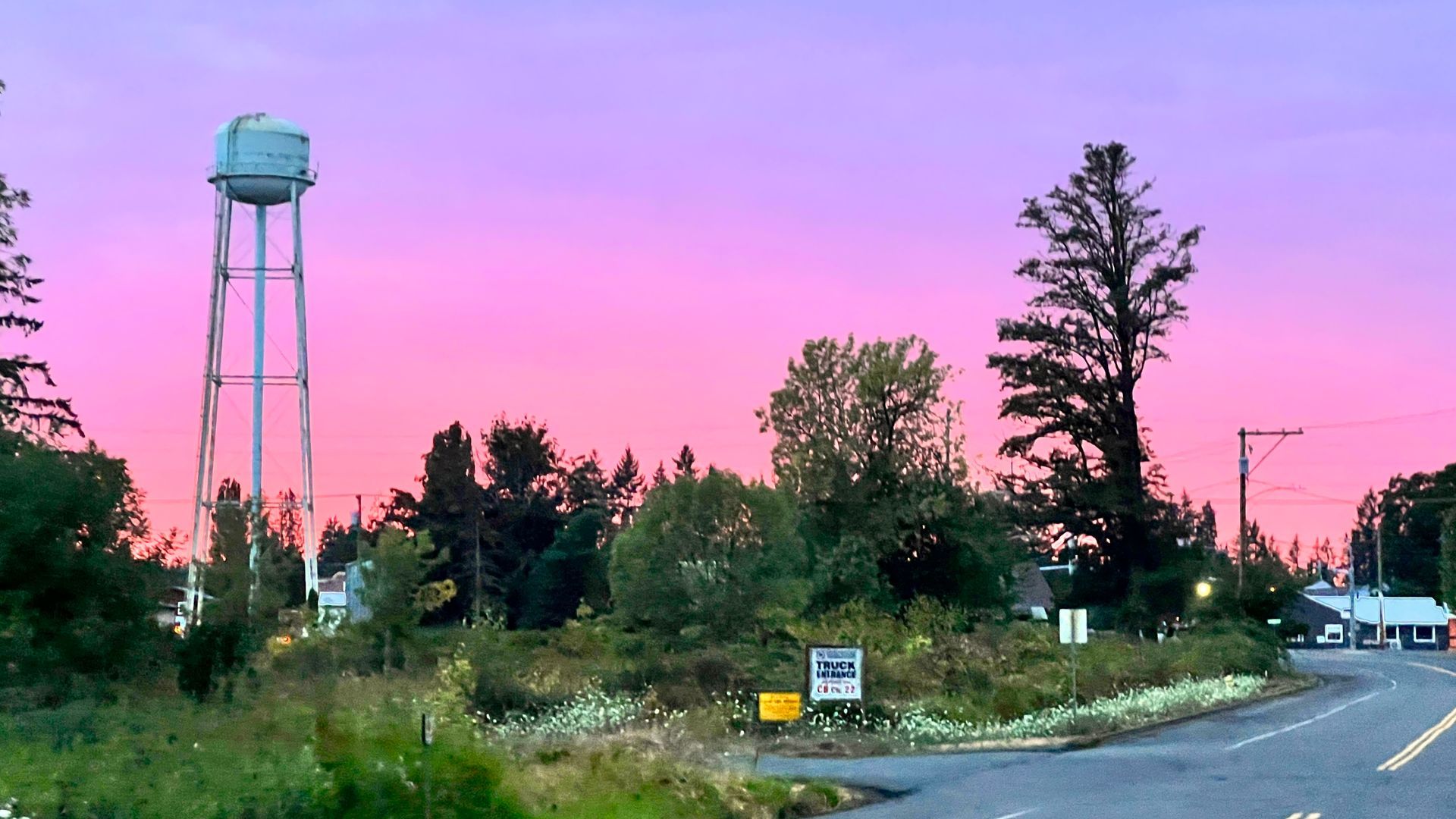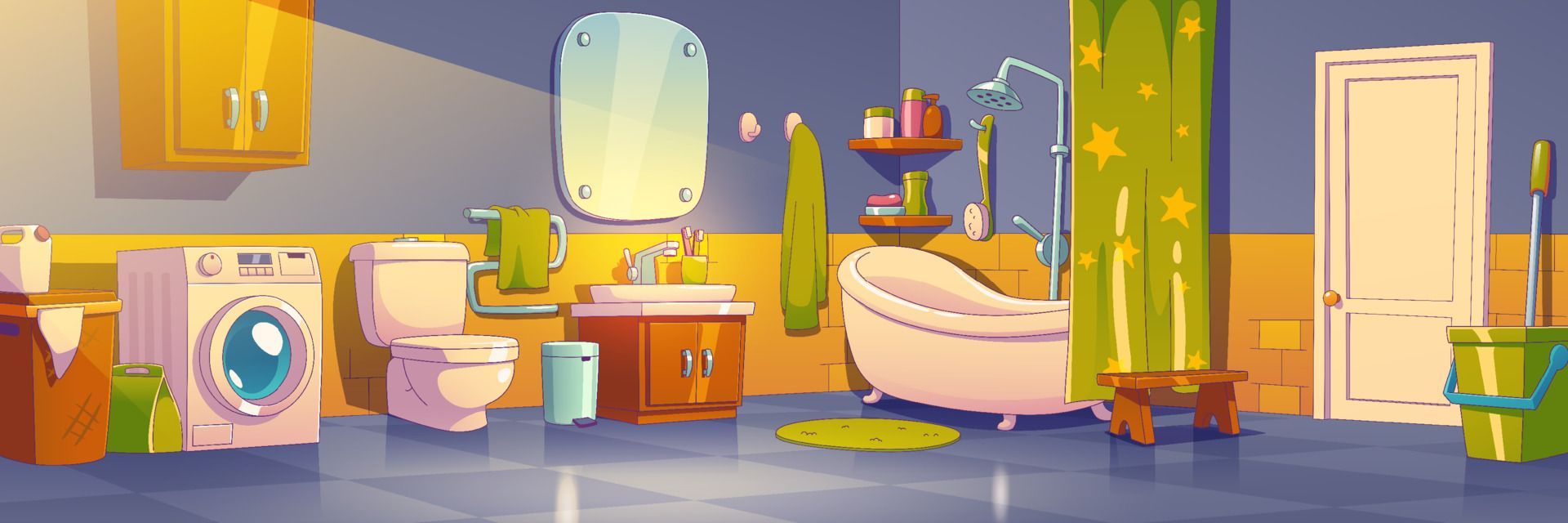Types of Backflow devices
Identify the type of Backflow device you have
Plumbing codes require the use of devices meant to ensure backflow prevention in certain situations. They're not always required in residential properties, except if there’s an irrigation system on the property or a large boiler or fire suppression system in the building.
There are several types of devices that you can choose from when you’re looking to solve a backflow issue or ensure that it doesn’t happen at all. They include the following:
- Air gap: An air gap is a space between the water outlet and the flood level of a plumbing fixture.
- Double Check Valve or Double Check Valve Assembly (DCVA): This assembly consists of two valves placed in different places along the plumbing system. It works well to prevent back pressure and back siphonage.
- Pressure Vacuum Breaker (PVB): Often used in irrigation systems, a PVB keeps non-potable water from contaminating potable water sources within the system.
- Reduced Pressure Zone Device (commonly referred to as RPZ, RPZD, or RPV): This device is constructed with two spring-loaded check valves, three vertical test cocks, and two shut-off valves. These can be installed outside only if the location is always above freezing and can be installed where uninterrupted meter service is needed. You can connect two backflow prevention devices in parallel.
How To Prevent Backflow Issues
There are things that homeowners can do to prevent backflow from happening, and these are simple tips.
- Make sure that connections for the garden hose have some sort of backflow prevention.
- Don’t let garden hoses create puddles that can contaminate the hose itself.
- Ensure that there's an air gap when appliances like water softeners are plumbed.
- Frequently change filters. The filters can grow bacteria from contaminating drinking water as they decompose with use.
- Get your Annual Backflow Inspection from Water Doctor of Washington

